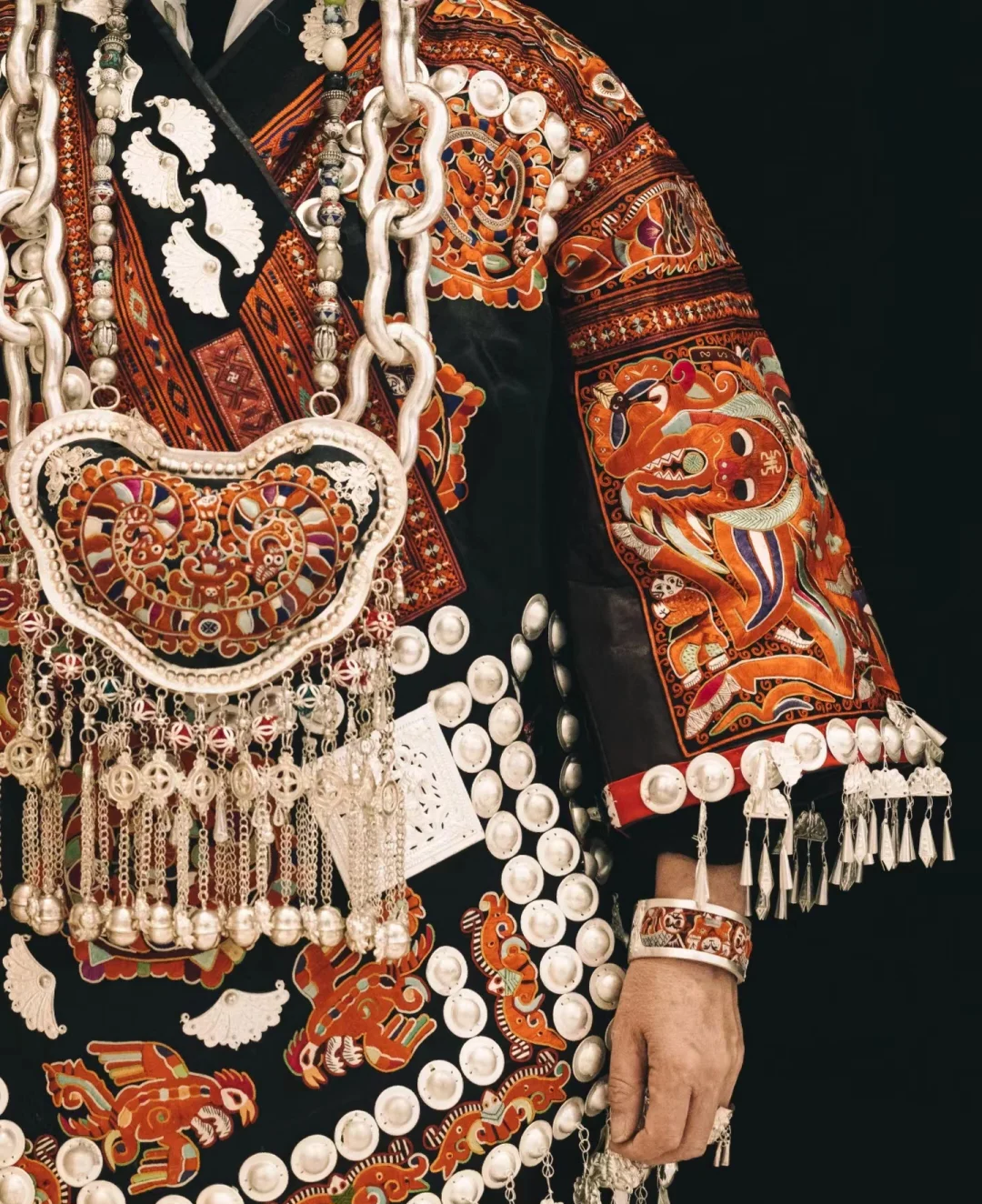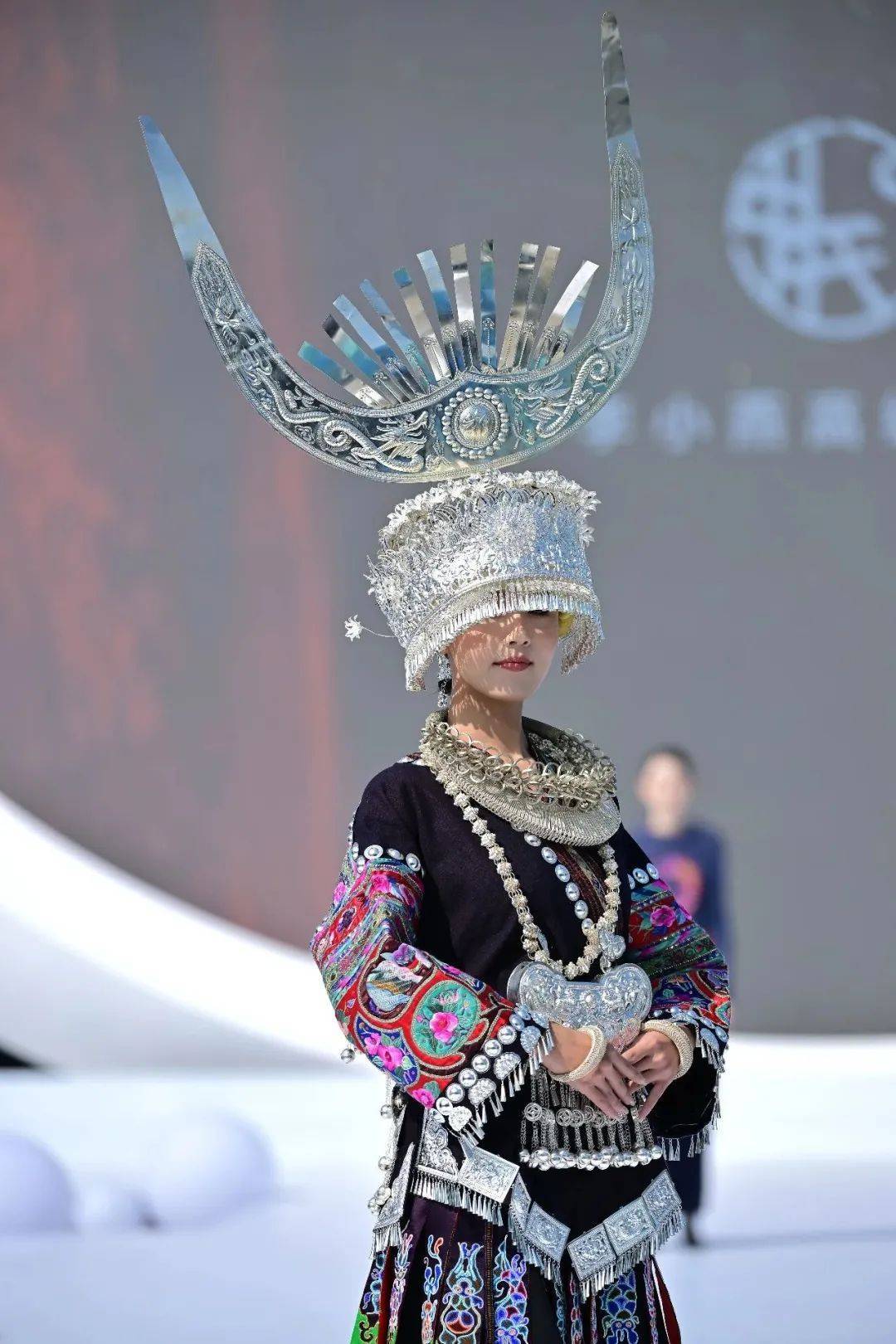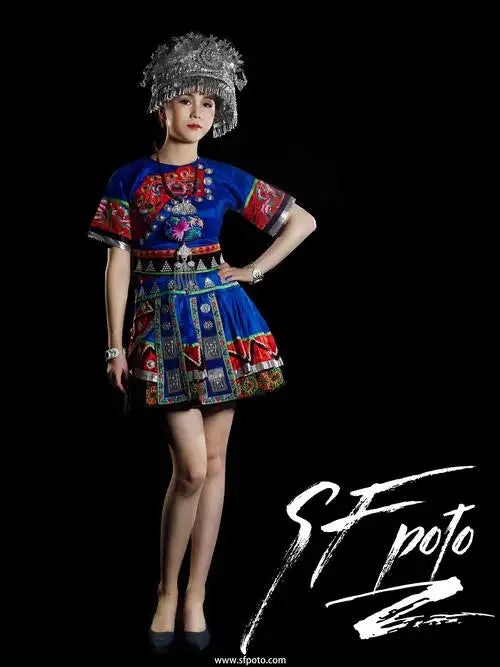东方道器
Miao Ethnic Ribbon Weaving (ICH·National Level) 苗族织带(国家级非遗)
Miao Ethnic Ribbon Weaving (ICH·National Level) 苗族织带(国家级非遗)
Couldn't load pickup availability
Miao Ethnic Ribbon Weaving (ICH·National Level) 苗族织带(国家级非遗)
I. Historical Origins 历史溯源
Cultural Roots:
Miao ribbon weaving, a branch of Miao brocade, traces back 3,000 years to ancient Central Plains silk-weaving techniques. Song Dynasty texts like Dongxi Xianzhi documented Miao artisans unraveling and reweaving colored silk. By the Ming-Qing era, ribbon weaving emerged as an independent craft, widely used in ceremonial rituals and clothing adornment.
文化根源:苗族织带是苗族织锦的重要分支,最早可追溯至3000年前中原地区彩帛编织技艺,宋代《峒溪纤志》已记载苗族拆解彩帛重组织锦的工艺。明清时期,织带发展为独立分支,广泛用于服饰装饰与礼俗信物。
ICH Recognition:
Listed in China’s 2nd National Intangible Cultural Heritage Inventory in 2008 (Code Ⅷ-105), with core preservation areas in Leishan and Majiang, Guizhou.
非遗认证:2008年,苗族织锦技艺(含织带)列入第二批国家级非遗名录(编号Ⅷ-105),贵州雷山、麻江等地为核心传承地。
II. Technical Features 工艺特征
Materials & Tools:
Uses undyed cotton threads and colored silk, woven on X-shaped wooden looms with buffalo-horn needles. Warp threads are divided into single or bundled strands, while weft threads are intricately interlaced.
原料工具:以青白楞线、彩丝为原料,采用X形木质织架与牛角挑刀,经线分单经(独线)与束经(三线组合),纬线通过挑刀精准勾线编织。
Weaving Techniques:
Pattern Design: Patterns like "Twin Dragons Playing with a Pearl" and butterfly motifs emerge through reverse-side weaving, creating 3D textures via warp-weft color contrasts;
Color Symbolism: White-black combinations (cotton) symbolize simplicity, green-purple (silk) signify nobility, and vibrant red-yellow-blue hues reflect ethnic vitality.
编织技艺:
图案设计:反面织线、正面显图,通过经纬线色差形成“双龙戏珠”“蝴蝶纹”等立体图案;
色彩象征:白底黑花(棉线)传递质朴,绿底紫花(丝线)彰显华贵,红黄蓝强烈对比映照民族热情。
III. Cultural Codes 文化密码
Ancestral Narratives:
Patterns encode collective memory: butterfly motifs represent life cycles (from the Miao creation myth "Butterfly Mother"), fish patterns symbolize harvests, and geometric designs map migration routes.
族群叙事:图案承载族群记忆:蝴蝶纹象征生命轮回(苗族创世神话“蝴蝶妈妈”),鱼纹隐喻丰收,几何纹记录迁徙路线。
Social Functions:
Serves daily utility (belt ties, aprons) and rituals: bridal exchanges use ribbons as "wordless love letters," while newborns wear them as blessed adornments.
社会功能:兼具实用与仪式价值:日常用于系腰、围裙,婚嫁时作为“无字情书”(男女定情信物),亦为新生儿背带必备装饰。
IV. Contemporary Revival 现代传承
Craft Revival:
Workshop Model: Leishan’s ICH workshops teach dyeing and weaving to youths;
Cultural IP: Designer neckties and artisanal backpack straps (priced over ¥1,000) attract tourists.
复兴举措:
工坊模式:雷山县非遗工坊开设织带体验课,培养年轻学员掌握传统染色与挑花技艺;
文化IP:开发花带式领带、背包织带等文创产品,单件手工织带售价超千元,成为旅游消费热点。
Challenges:
Faces threats from industrial textiles and aging artisans. Scholars urge digital archiving to preserve endangered patterns.
传承挑战:面临工业化纺织替代与传承人老龄化问题,学者呼吁建立数字化纹样库保存濒危图案体系。
Epilogue 结语
From daily wear to global runways, Miao ribbons weave ancestral tales into modern aesthetics. As ancient needles meet contemporary design, this "finger-tip language" thrives through cultural fusion.
从腰间的烟火气到国际T台的东方美学符号,苗族织带以经纬为脉、图腾为魂,续写着“穿在身上的史诗”。当古老挑刀邂逅现代设计,这一“指尖密语”正在多元文化碰撞中焕发新生。
注:ICH=非物质文化遗产 / Note: ICH = Intangible Cultural Heritage
Share

















